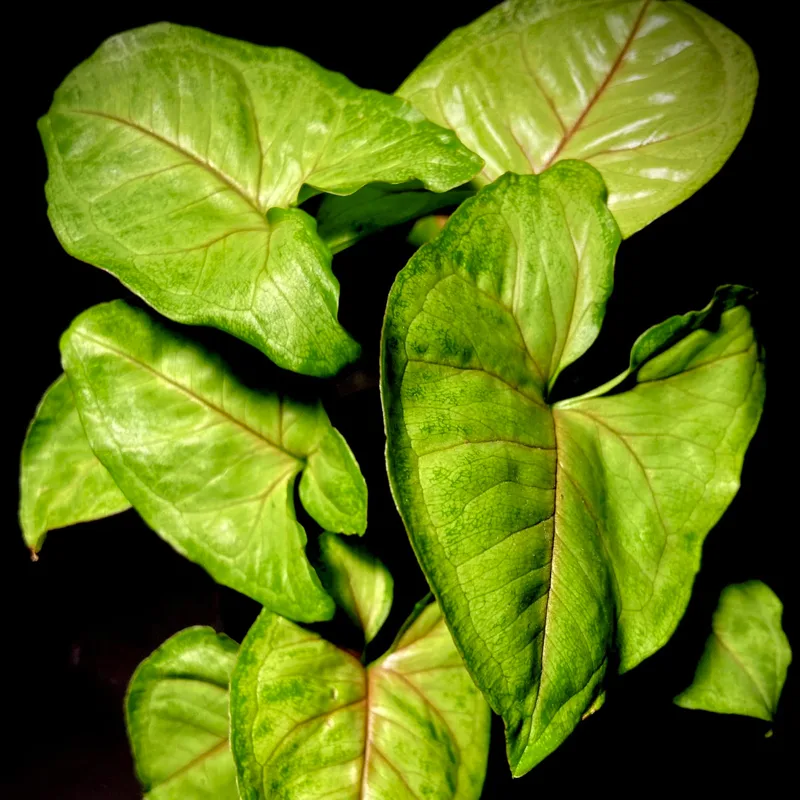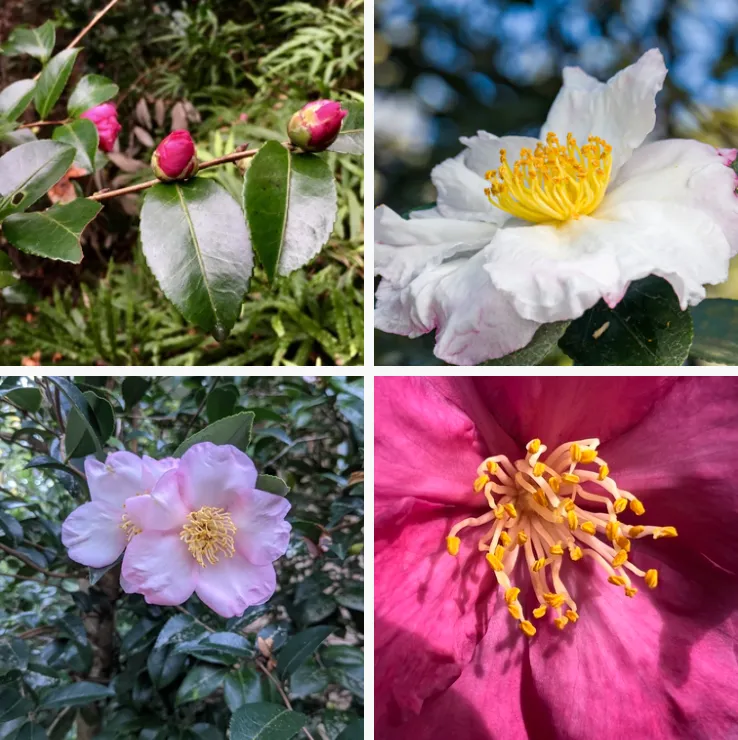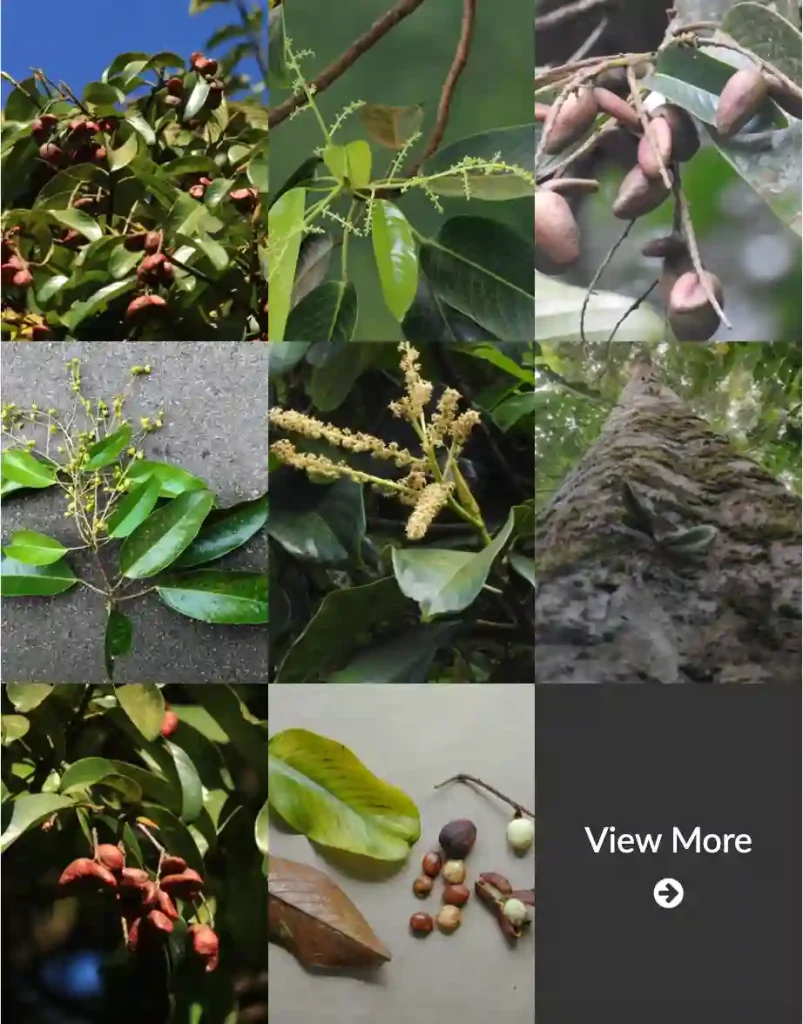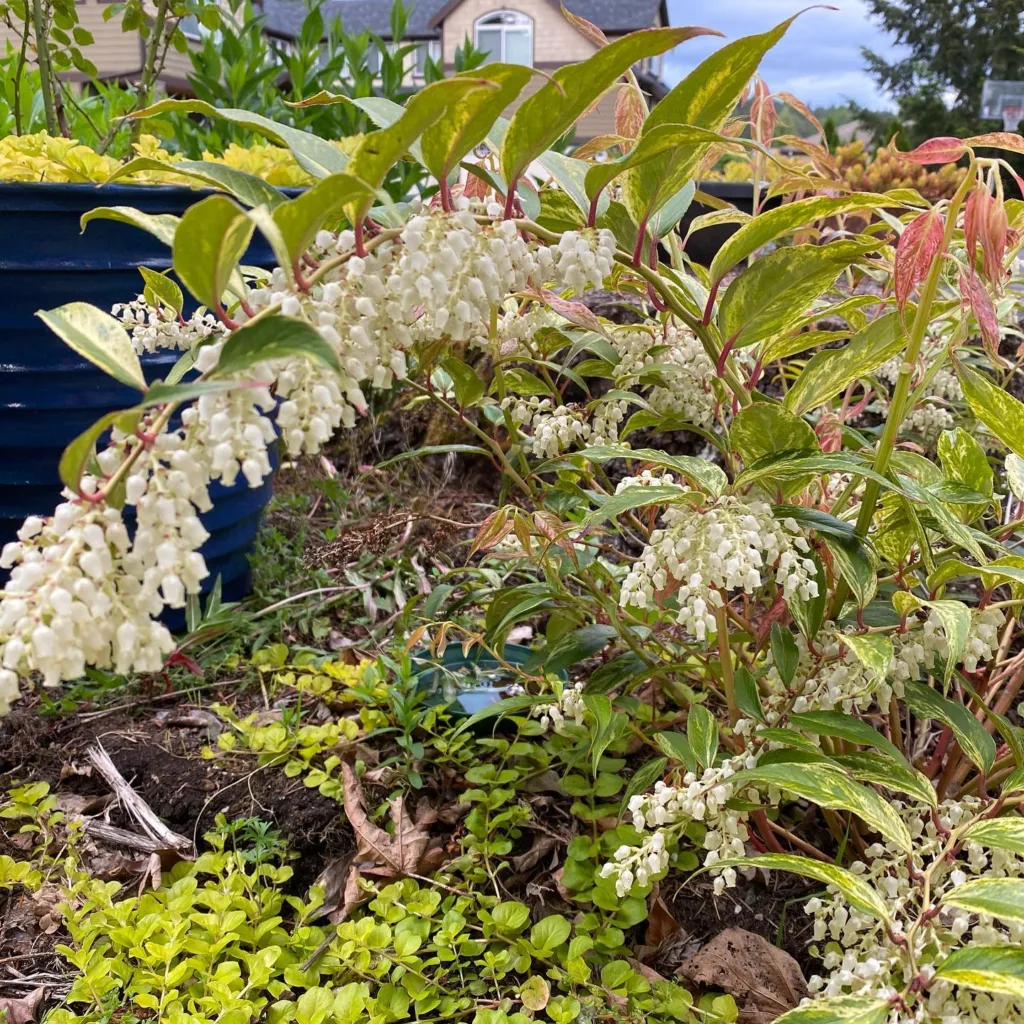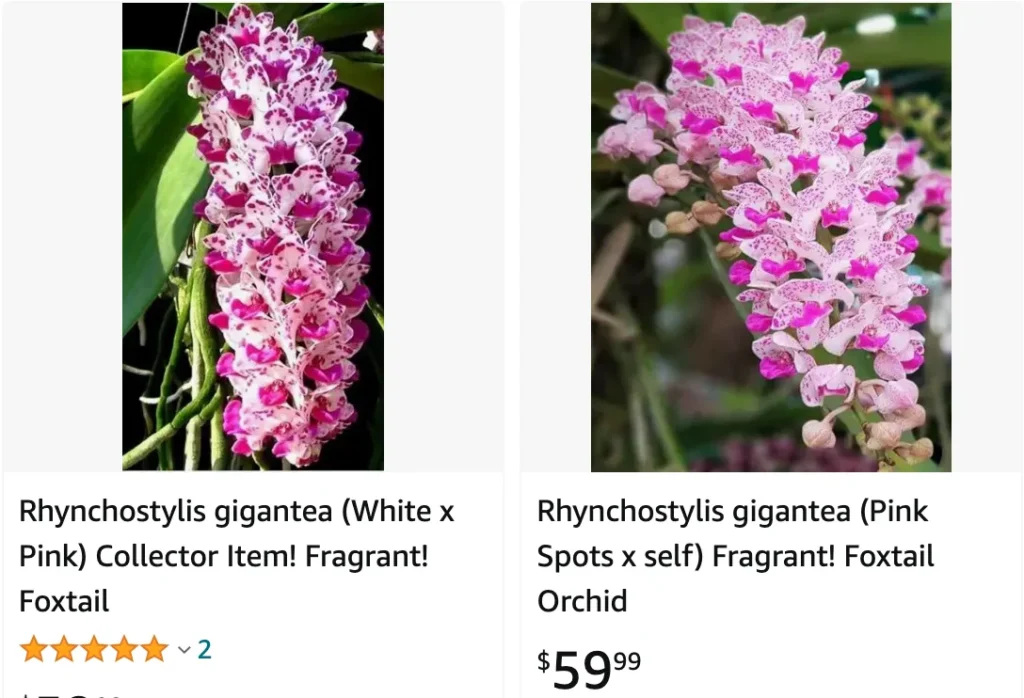
Rhynchostylis Gigantea: A Passionate Journey into Orchid Care
When I first stumbled upon Rhynchostylis Gigantea, I was immediately captivated by its vibrant blooms and intoxicating fragrance. As an avid orchid enthusiast, this particular species quickly became one of my favorites. Known for its robust nature and spectacular floral display, caring for Rhynchostylis Gigantea has been both a rewarding and enlightening experience. Here, I share my journey and tips on how to successfully nurture this magnificent orchid.
What is Rhynchostylis Gigantea?
Rhynchostylis Gigantea, often referred to as the “Foxtail Orchid,” is a species native to Southeast Asia. It is admired for its long, dense clusters of flowers that resemble a fox’s tail, hence the nickname. The blooms are typically white with specks of vibrant colors like pink, red, or purple. This orchid not only adds a touch of exotic beauty to any collection but also fills the air with a sweet, pleasant fragrance when in bloom.
How to Care for Rhynchostylis Gigantea?
Caring for Rhynchostylis Gigantea involves understanding its natural habitat and mimicking those conditions as closely as possible. Here’s a detailed guide on how I maintain the health and vigor of my Rhynchostylis Gigantea.
Light Requirements
Rhynchostylis Gigantea thrives in bright, indirect light. It’s essential to provide sufficient light to encourage blooming, but direct sunlight can scorch the leaves. I place my orchids in an east-facing window where they receive gentle morning sun. During the peak sunlight hours, I ensure they are shaded to prevent leaf burn.
Watering
This orchid prefers a humid environment, so maintaining adequate moisture is crucial. I water my Rhynchostylis Gigantea twice a week during the growing season, ensuring the roots remain moist but not waterlogged. It’s vital to allow the roots to dry slightly between waterings to prevent root rot. In the winter, I reduce watering frequency to avoid excess moisture when the plant’s growth slows down.
Humidity
Rhynchostylis Gigantea loves high humidity, ideally between 50-70%. To achieve this, I use a humidity tray and mist the plant regularly. In dry indoor conditions, especially during winter, a humidifier can be very beneficial.
Temperature
This orchid prefers warm temperatures. During the day, temperatures between 75-85°F (24-29°C) are ideal, while nighttime temperatures should not drop below 60°F (15°C). I monitor my indoor climate closely and use a heat mat during colder months to maintain optimal temperature levels.
Fertilization
Feeding Rhynchostylis Gigantea is essential for its growth and blooming. I use a balanced orchid fertilizer, diluted to half strength, and apply it every two weeks during the growing season. In the winter, I reduce feeding to once a month.
How to Propagate Rhynchostylis Gigantea?
Propagating Rhynchostylis Gigantea can be a challenging yet fulfilling task. The most common method is through division.
Division
The best time to divide Rhynchostylis Gigantea is during its active growing phase, typically in spring or early summer. I carefully remove the orchid from its pot and gently separate the root clumps. Each division should have at least three healthy pseudobulbs and a good root system. After division, I replant the sections in fresh orchid mix and water them thoroughly.
What to Plant with Rhynchostylis Gigantea?
Companion planting with Rhynchostylis Gigantea can create a visually stunning and harmonious environment. Here are some plants that complement this orchid well:
Ferns
Ferns thrive in similar conditions to Rhynchostylis Gigantea, making them excellent companions. Their lush green foliage contrasts beautifully with the vibrant orchid blooms.
Other Orchids
Pairing Rhynchostylis Gigantea with other orchid species, such as Phalaenopsis or Dendrobium, can create a diverse and colorful display. Ensure that the companion orchids share similar light, humidity, and watering requirements.
Bromeliads
Bromeliads and Rhynchostylis Gigantea both enjoy high humidity and indirect light. Bromeliads’ striking foliage and unique shapes add an interesting dimension to an orchid display.
Troubleshooting Common Problems
Even with the best care, issues can arise. Here are some common problems I’ve encountered and how to address them:
Yellow Leaves
Yellowing leaves can be a sign of overwatering, insufficient light, or nutrient deficiencies. I check the roots for rot, adjust the watering schedule, and ensure the orchid is getting enough light and balanced fertilization.
Root Rot
Root rot is often caused by overwatering or poor drainage. I ensure my orchids are potted in a well-draining medium and avoid letting them sit in water.
Pests
Common pests include spider mites and aphids. Regularly inspecting my plants and using insecticidal soap or neem oil helps keep these pests at bay.
In conclusion, Rhynchostylis Gigantea is a stunning and rewarding orchid to grow. With proper care and attention, it can thrive and bring vibrant beauty and fragrance to any space. My journey with this orchid has been incredibly enriching, and I hope these tips help you enjoy the beauty and elegance of Rhynchostylis Gigantea as much as I do.
If i die, water my plants!
